As one of the most important energy resources in the world, oil and natural gas are vital to the development of modern economy and society. In the process of exploiting these resources, OCTG (Oil Country Tubular Goods) pipes play an irreplaceable role. OCTG refers to a series of pipe products specially used for oil and gas extraction, including drill pipes, casing and tubing, drill collars. Most of these pipes are seamless pipes, but welded pipes also account for a certain proportion. This article will introduce the drill pipes in OCTG in detail and their key role in oil extraction, and combine practical application cases to deeply explore its importance in the modern oil industry.
Importance and Features of Drill Pipe
Drill pipe is a key component in oil drilling engineering. Its main function is to transmit torque and axial force while circulating drilling fluid to cool and clean the drill bit. Drill pipe needs to withstand extreme working conditions, including high torque, axial tension, and internal and external pressure. Therefore, drill pipe is usually made of high-strength seamless steel pipe in accordance with API standards (such as API 5DP and API SPEC 7-1) to ensure its reliability and durability under extreme conditions.
Structure and Materials of Drill Pipe
Drill pipe usually consists of three parts: pipe body, joint and coupling. The pipe body is generally made of high-strength steel, such as AISI 4145H, which is heat treated to improve its mechanical properties. The joint part is connected to the pipe body by friction welding or fusion welding technology to ensure the strength and sealing of the connection. The coupling is used to connect adjacent drill pipes so that the drill string has sufficient length and flexibility to meet the drilling needs of different depths and geological conditions.
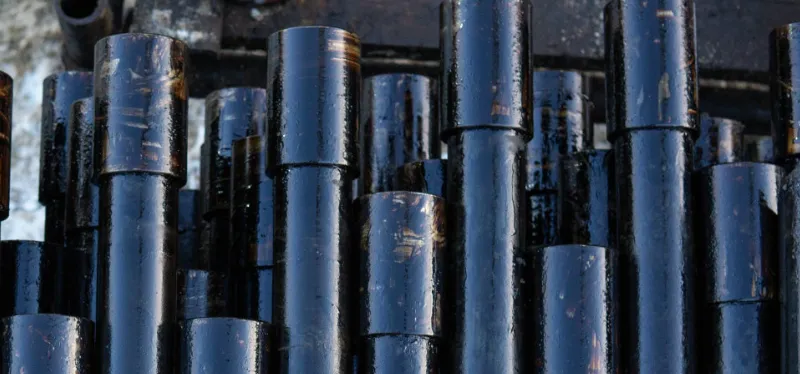
Manufacturing standards for drill pipes
API (American Petroleum Institute) has developed a series of strict standards to regulate the manufacture and use of drill pipes. These standards include API 5DP and API SPEC 7-1, which specify the materials, dimensions, mechanical properties and quality control requirements of drill pipes. For example, the API 5DP standard specifies technical parameters such as the outer diameter, tolerance, weight, tensile strength and yield strength of drill pipes to ensure the safety and reliability of drill pipes under high-intensity working conditions.
Role and characteristics of drill collars
The drill collar is the lower component of the drill string, usually located above the drill bit. The drill collar has the characteristics of thick wall, high gravity and rigidity, which can provide sufficient drilling pressure to enable the drill bit to effectively break the rock and maintain a stable trajectory of the wellbore. Generally speaking, the wall thickness of the drill collar is about 38 to 53 mm, which is equivalent to 4 to 6 times that of the drill pipe. Due to its large weight and rigidity, the drill collar plays a role in stabilizing and straightening the drill bit during drilling, reducing the risk of wellbore deviation.
Special types of drill collars
In practical applications, there are also some special types of drill collars, such as spiral drill collars and non-magnetic drill collars. The spiral drill collar is a drill collar with three spiral grooves machined on the cylindrical surface of the whole drill collar to reduce the contact area with the well wall, thereby effectively preventing pressure difference and drill sticking. Non-magnetic drill collars are mainly used for monitoring during oil drilling. Its material selection uses non-magnetic materials, such as non-magnetic stainless steel, to avoid interference with measuring equipment.
Drill bit design and materials
The drill bit is an important overweight tool used to concentrate weight and break rocks during drilling. It is usually made of high-strength AISI 4145H modified steel and is connected between the drill pipe and the drill bit to ensure stable working performance and long service life. The drill bit is usually 30 or 31 feet long and the surface can be smooth (rolled surface finish) or spiral. The outer surface of the spiral drill bit has grooves to allow the drilling fluid to flow evenly around the drill bit to balance the pressure and reduce differential bonding between the drill bit and the well wall.
Technical standards and customized options
All OCTG products must comply with strict API standards, which not only ensures the basic functional requirements of the products, but also provides customers with customized options to meet different geological conditions and operational needs. For example, drill collars and drill pipes can be specially designed according to the specific needs of customers, such as adding a spiral surface to reduce the contact area with the well wall, or using non-magnetic materials for monitoring and special environmental applications. In addition, products can also be manufactured according to AP1 specifications, with additional functions and proprietary connections provided according to customer requirements.
Actual application cases
Offshore drilling platforms
In offshore drilling platforms, the performance of drill pipes and drill collars is particularly important. Due to the complex offshore drilling environment and the large drilling depth, drill pipes and drill collars need to have extremely high strength and corrosion resistance. In an offshore project of China National Offshore Oil Corporation, high-strength drill pipes of API 5DP standard were used to successfully complete deep well drilling of more than 3,000 meters. The use of non-magnetic materials in drill collars effectively avoids interference with measuring equipment and ensures the accuracy of the wellbore trajectory.
Onshore oilfield development
In onshore oilfield development projects, due to complex geological conditions and unstable wellbore walls, traditional drill pipes and drill collars are difficult to meet the requirements. By using spiral drill collars, the contact area with the wellbore wall is reduced, and the pressure difference and stuck drill are avoided. The application of this technology has improved drilling efficiency, reduced drilling costs, and achieved significant economic benefits.
Future development trend
With the advancement of science and technology and the continuous development of oil extraction technology, OCTG pipe products are also constantly innovating. In the future, drill pipes and drill collars will pay more attention to high strength, lightweight and intelligence. For example, by adopting new alloy materials and composite materials, the strength and durability of drill pipes and drill collars can be improved; by introducing intelligent sensing technology, real-time monitoring and data analysis of the drilling process can be achieved, and drilling efficiency and safety can be improved.
Conclusion
In short, as an indispensable component in the process of oil and gas extraction, OCTG drill pipes carry key functions and responsibilities. Through strict manufacturing standards and high-quality material selection, they ensure the smooth progress of drilling operations and provide solid technical support for the development of the industry and the effective exploitation of resources. With the continuous advancement of technology and changes in application requirements, OCTG drill pipe and its related products will continue to play an important role in the oil industry and promote the continuous development and progress of the industry.






 English
English Español
Español بالعربية
بالعربية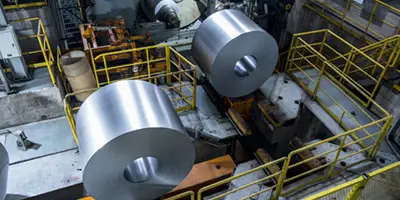

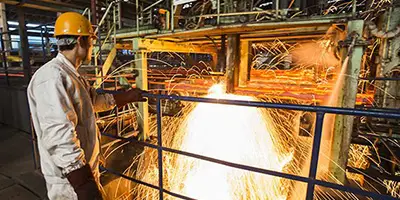
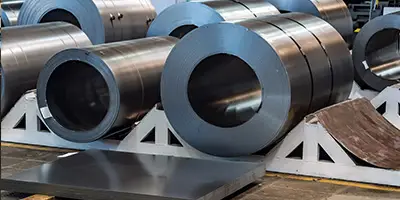

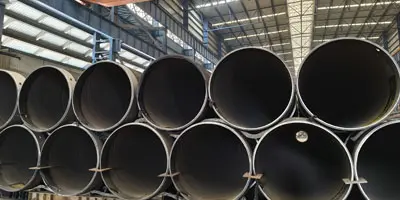
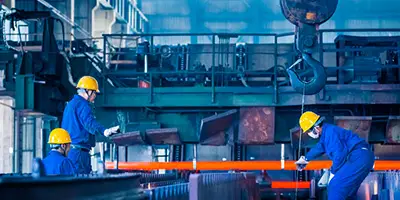
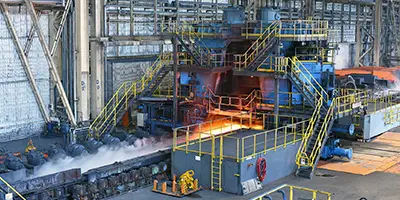
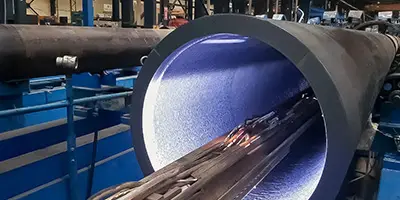
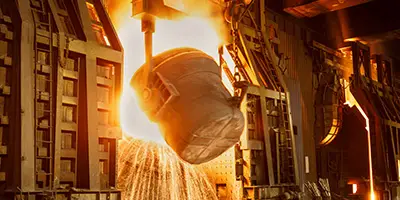


 Phone :
Phone :  Whatsapp :
Whatsapp :  Email :
Email : 


